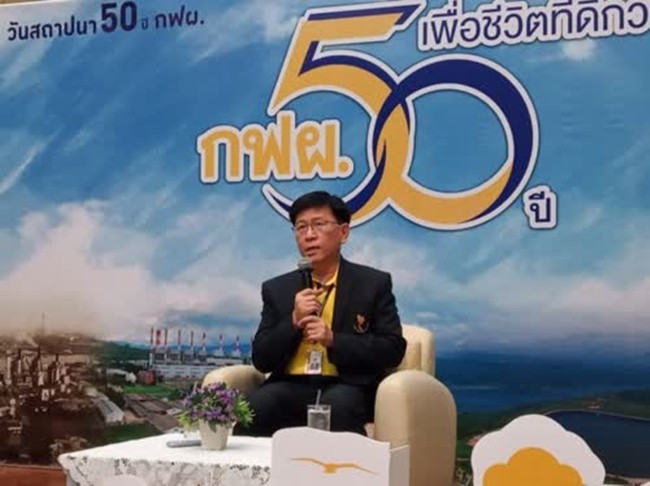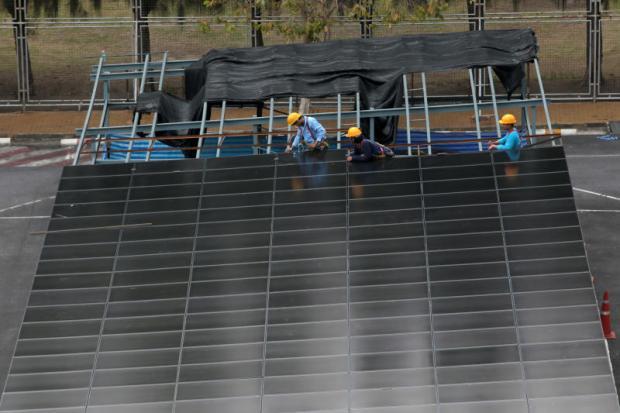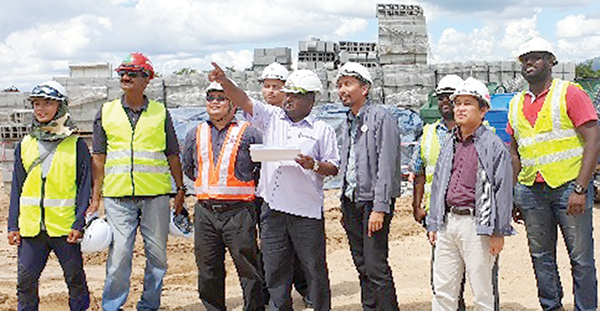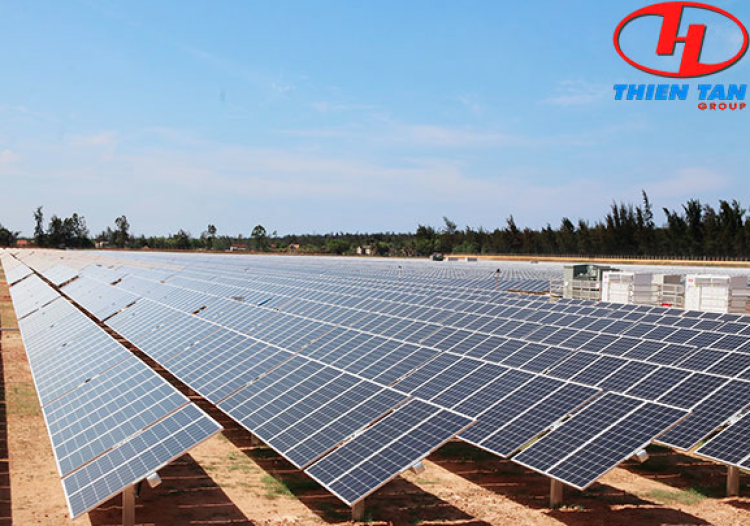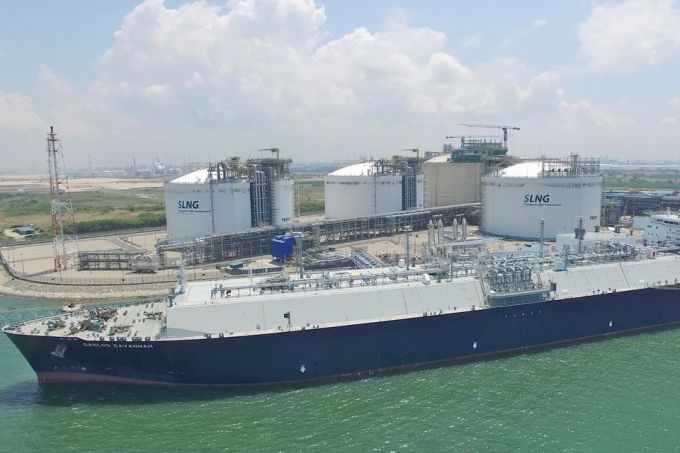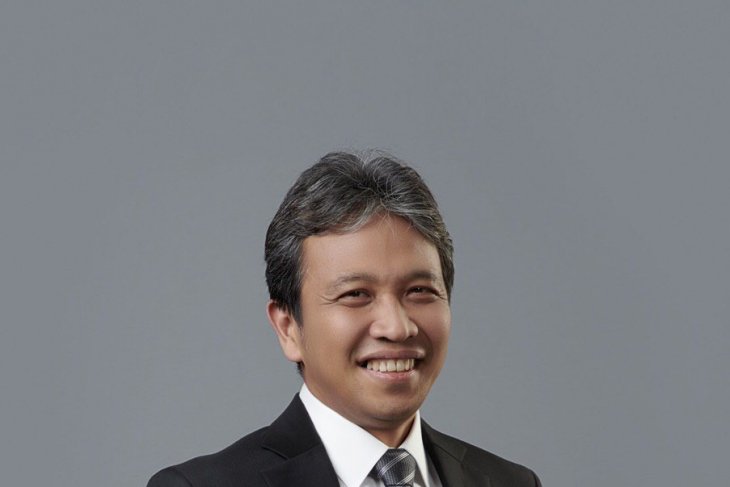- Electricity/Power Grid
–
- Philippines
Despite its mandate under the Electric Power Industry Reform Act (EPIRA) that it shall ensure reliable, quality and sufficient power supply for the country, the Department of Energy (DOE) admitted in a Senate hearing that it just inspected one power plant out of the 22 generating facilities that conked out from the March to April episodes of yellow and red alerts.

Department of Energy (DOE) logo
(MANILA BULLETIN)
Section 37 of the power industry reform law expressly mandated the DOE to be the agency that shall secure power supply for the Filipino consumers – and that has been reinforced with the department’s own Circular (DOE Circular No. DC2010-03-0003) issued on February 26, 2010.
Hence, without DOE inspecting the causes of forced outages in power plants, it will be reneging on its very mandate of guaranteeing reliable as well as sufficient and quality electricity service for consumers.
Energy Assistant Secretary Redentor Delola disclosed that it was just the Sual power plant in Pangasinan that was inspected by the DOE. That pales very much in comparison to the nine plants visited and technically inspected by the Energy Regulatory Commission.
Instead of keeping pace with the department’s mandate, Energy Secretary Alfonso G. Cusi preferred to toss that responsibility to the ERC, although it is clear in EPIRA’s prescription that the ERC’s function revolve around rate-setting; while DOE is in-charge of the provision of enough power supply.
Under Section 37 (d) of the EPIRA, it was explicitly stated that the DOE shall “ensure the reliability, quality and security of supply of electric power; and further in Section 37 (l), the department was enjoined “to formulate and implement programs, including a system of providing incentives and penalties for the judicious and efficient use of energy in all energy-consuming sectors of the economy.”
When asked why the DOE had not inspected the power facilities on unplanned outages, Cusi said “that’s technical and we are not the regulator.” All of his predecessor-secretaries at the department though exercised discretion on power plant inspections and investigations when power facilities suffered mechanical breakdowns during their watch.
On the part of the ERC, it had done field visits to gather information and data as to the real causes of the forced outages in power plants.
The electricity generating assets visited by the ERC included the GNPower Mariveles coal plant of the Ayala group; SCPC Limay coal plant of San Miguel Corporation; South Luzon Thermal Energy Corp plant units 1 and 2 of the Ayala group; First Gen Santa Rita plant of the Lopez group; Southwest Luzon Power Generation Corp of the Consunji group; Pagbilao-3 coal plant of Aboitiz Power Corporation and TeaM Energy Philippines; Malaya thermal plant and the Sual coal-fired plant.
ERC Commissioner Catherine P. Maceda reiterated that the Commission “was able to inspect nine (9) plants out of the 16 that had breakdown between March 5 to April 15, that’s more than half of the plants on outage.” She added that five more plants were on forced outages after that and the ERC was also planning to undertake field visit for technical inspection on these facilities.
“All of them have been validated, the details of the technical breakdown, we will have to assess that when we finally have the technical report,” the ERC official stressed.


